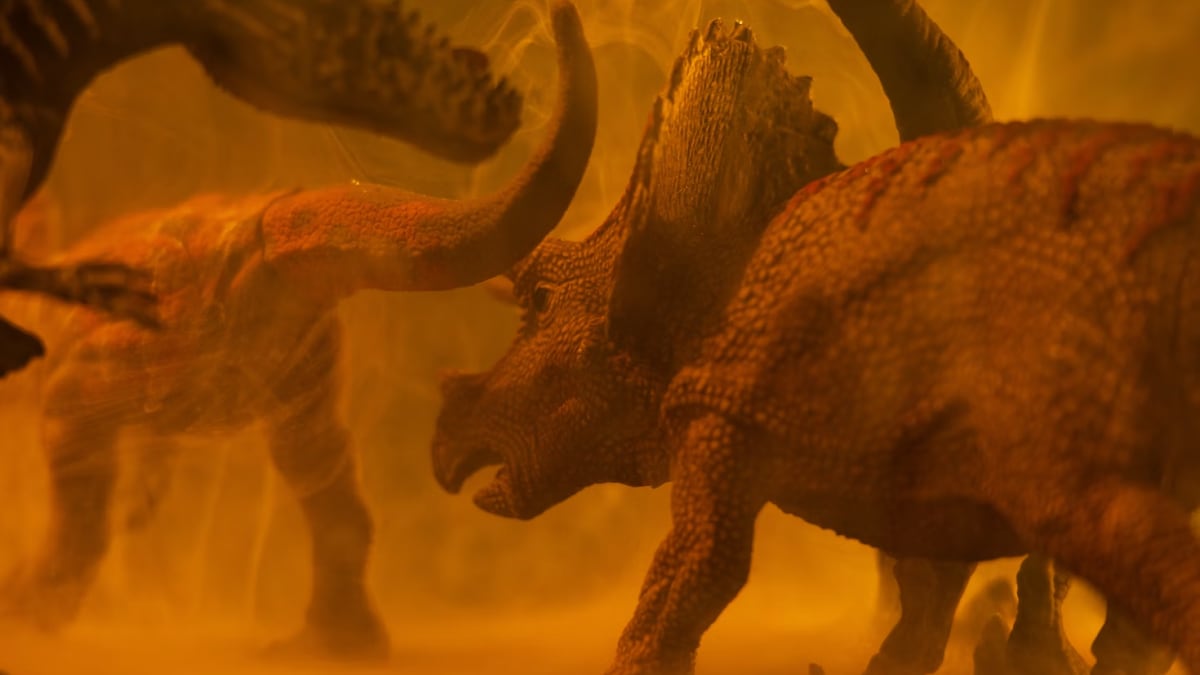New duck-billed dinosaur species discovered in Mexico

A newly identified species of duck-billed dinosaur, Coahuilasaurus Lipani, has been discovered in Mexico. The newly discovered species has an unusually large snout. This exciting discovery not only sheds light on the species’ unique features, but also provides insight into how dinosaurs lived in specific regions during the Late Cretaceous.
The excavation of the fossil of Coahuilasaurus Lipani
The fossil was originally unearthed in the 1980s in the Parras Basin region. Initially, paleontologists thought it belonged to a different genus. However, a recent study using advanced techniques, reclassified the fossil as a new species: Coahuilasaurus lipani. This dinosaur, named after the Coahuila region and the Lipani Apache tribe, was equipped with a distinctive snout, considerably larger than its relatives.
Adapted for strong plants
What sets C. Lipani apart from other duck-billed dinosaurs is the presence of tooth-like projections on the roof of its mouth. These structures suggest that the dinosaur was adapted to eating coarse and fibrous plants such as palm trees. Its specialized diet likely helped it thrive in the tropical conditions of late Cretaceous Mexico, where it lived about 73 million years ago.
How the discovery changes scientific understanding
One of the most significant aspects of this discovery is what it reveals about the distribution of dinosaurs. Traditionally, paleontologists believed that large dinosaurs, like many other large animals, had a large geographic range. Paleontologists now believe that some species may have lived in much smaller, more specific areas, perhaps due to environmental factors or breeding habits. This finding changes scientists’ understanding of how dinosaurs adapted to their environments.
Geographical significance of Coahuilasaurus Lipani
While dinosaurs like C. lipani roamed the forests of what is now Mexico, the region’s landscape was vastly different. Sea levels were higher and the climate was warmer, providing an ideal environment for several species of dinosaurs. At about 26 feet (8 meters) long, this species likely roamed in herds, feeding on abundant vegetation and contributing to the region’s rich biodiversity during the Cretaceous Period.
In summary, the discovery of Coahuilasaurus Lipani adds to the growing list of dinosaur species unique to Mexico. The fossil not only highlights the rich paleontological history of the region, but also contributes to the broader understanding of dinosaur evolution and adaptation throughout the Americas.
Follow Gadgets 360 for the latest tech news and reviews. X, Facebook, WhatsApp, Wires And Google News. For the latest videos on gadgets and technology, subscribe to our YouTube channel. If you want to know everything about top influencers, follow our in-house Who is that360 on Instagram And YouTube.

OnePlus 13 listed on Chinese 3C website with 100W fast charging support: report
WhatsApp expands testing for ‘Read all’ chats feature on latest beta for Android phones





